Uncategorized
-
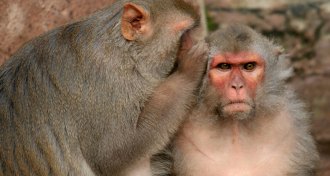 Anthropology
AnthropologyMonkeys have vocal tools, but not brains, to talk like humans
Macaques have vocal tracts, but not brains, built for talking much as people do, scientists say.
By Bruce Bower -
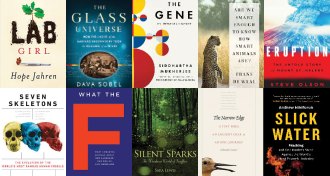 Science & Society
Science & SocietyScience News’ favorite books of 2016
Science News writers and editors compiled a list of the books they were most excited about this year.
-
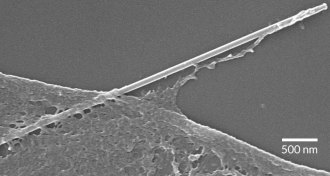 Tech
TechCells snack on nanowires
Human cells eat silicon nanowires in a process called phagocytosis. Nanowire-infused cells could be a step towards biological electronic devices.
By Meghan Rosen -
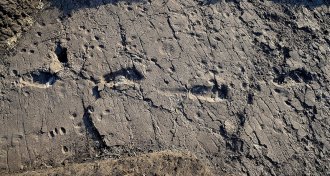 Anthropology
AnthropologyNew footprint finds suggest range of body sizes for Lucy’s species
Tracks discovered in Tanzania appear to have belonged to the tallest known Australopithecus afarensis individual, but stature estimates can be tricky.
By Bruce Bower -
 Genetics
Genetics50 years ago, alcohol use was linked to several gene variants
50 years later, scientists are still searching for genes that influence drinking.
-
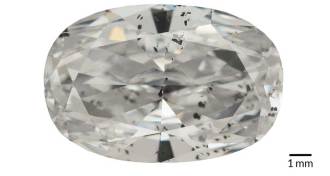 Earth
EarthMegadiamonds point to metal in mantle
Imperfections in supersized diamonds hint at metallic iron and nickel in Earth’s mantle.
-
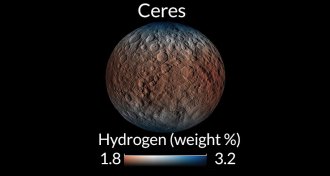 Planetary Science
Planetary ScienceDawn spacecraft maps water beneath the surface of Ceres
Water ice sits just beneath the surface and within some permanently shadowed craters of the dwarf planet Ceres.
-
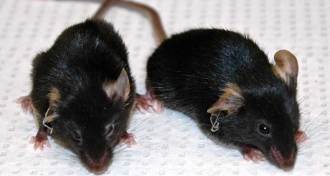 Genetics
GeneticsProteins that reprogram cells can turn back mice’s aging clock
Proteins that reprogram adult cells to an embryonic-like state can rejuvenate prematurely aging mice.
-
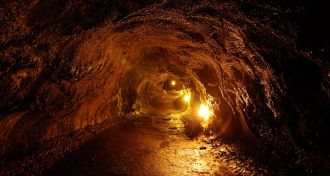 Planetary Science
Planetary ScienceMoon’s lava tubes could be colossal
Lava tubes inside the moon could remain structurally sound up to 5 kilometers across and offer prime real estate for lunar colonists.
-
 Health & Medicine
Health & MedicineBirth defects occur in 1 in 10 pregnancies with first trimester Zika infection
About 6 percent of U.S. women infected with Zika virus have infants or fetuses with birth defects, according to preliminary CDC results. For women infected in the first trimester, the number is even higher: nearly 11 percent.
By Meghan Rosen -
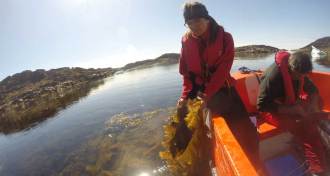 Climate
ClimateArctic kelp forests may create summer refuges from ocean acidification
Long summer daylight revs up carbon capture in Arctic kelp forests, offering a little relief from acidifying ocean water.
By Susan Milius -
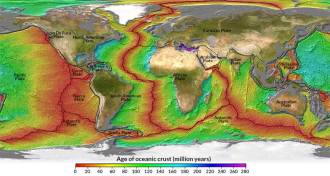 Earth
EarthEarth’s mantle is cooling faster than expected
The thinning of newly formed oceanic crust suggests that Earth’s mantle is cooling much faster than previously thought.